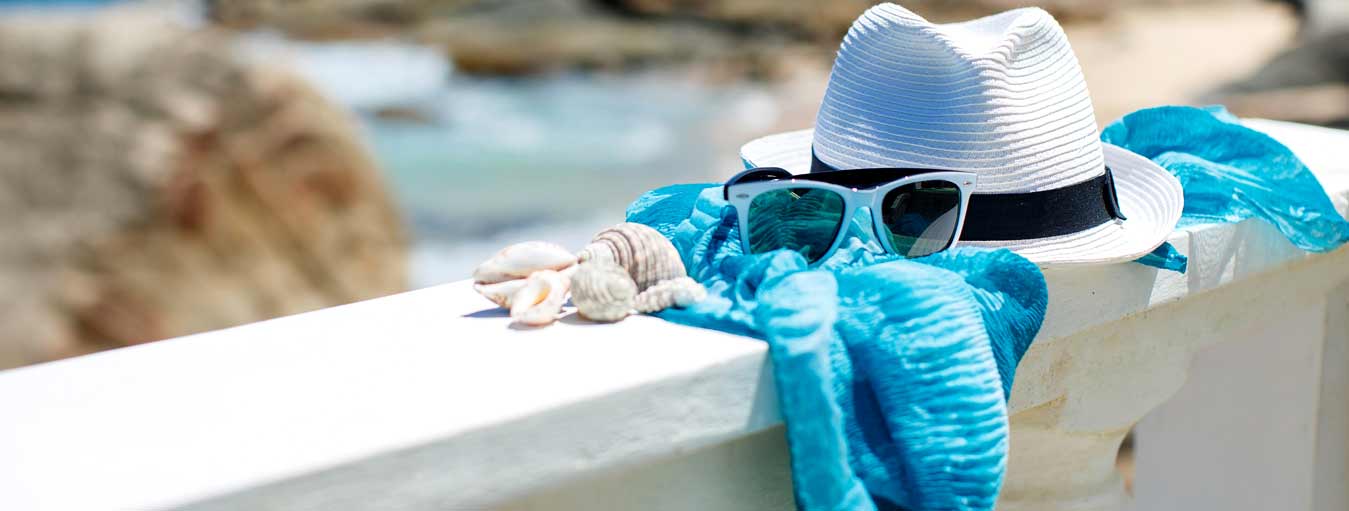Blog
-

Wearing Hearing Aids In Windy South Florida, NO Longer A Problem.
 27 Jan , 2016
Until now, wind has been a natural enemy of some hearing aid wearers. Not only can wind noises sometimes be disturbing, the flow of air can also at times create annoying rustling in the microphones. The latest Siemens hearing instruments like the Pure, Motion, and even the particularly small Insio in-the-ear device are now equipped for the first time with a technology which tackles both of these problems at the same time. As a result, hearing aid wearers are now able to enjoy outdoor activities on very windy days too.Even a breeze can sometimes cause irritating noise for some hearing aid wearers and disrupt their understanding of speech. Hearing aids need to identify wind noises as interference and soften them. It is true that more or less successful methods for this have already been around for some time, but a new technology which reduces wind noises more reliably and efficiently than ever has now been developed for Siemens hearing instruments. It activates itself automatically without any need for action on the part of the listener as soon as wind springs up. In addition, the new technology offers help with another problem caused by wind. It’s an issue we are all familiar with from TV: When filming outdoors, reporters use a special attachment to protect their microphone from wind and reduce any whistling. As it is not possible simply to add a protective sleeve to the hearing instrument microphones, the developers of Siemens hearing aids have come up with and implemented an electronic solution.
27 Jan , 2016
Until now, wind has been a natural enemy of some hearing aid wearers. Not only can wind noises sometimes be disturbing, the flow of air can also at times create annoying rustling in the microphones. The latest Siemens hearing instruments like the Pure, Motion, and even the particularly small Insio in-the-ear device are now equipped for the first time with a technology which tackles both of these problems at the same time. As a result, hearing aid wearers are now able to enjoy outdoor activities on very windy days too.Even a breeze can sometimes cause irritating noise for some hearing aid wearers and disrupt their understanding of speech. Hearing aids need to identify wind noises as interference and soften them. It is true that more or less successful methods for this have already been around for some time, but a new technology which reduces wind noises more reliably and efficiently than ever has now been developed for Siemens hearing instruments. It activates itself automatically without any need for action on the part of the listener as soon as wind springs up. In addition, the new technology offers help with another problem caused by wind. It’s an issue we are all familiar with from TV: When filming outdoors, reporters use a special attachment to protect their microphone from wind and reduce any whistling. As it is not possible simply to add a protective sleeve to the hearing instrument microphones, the developers of Siemens hearing aids have come up with and implemented an electronic solution.SEEMS INTERESTING? READ ON.
How does it work? First of all, the hearing instruments identify wind noises as interference and suppress them as much as necessary. In addition, they use the fact that the wind tends not to reach both ears with the same intensity to their advantage. As the hearing aids in the left and right ear continuously exchange information about the incoming audio signals, they now recognize which sections of the signals are affected on which side. And where possible, they can replace the effected sections with their better counterparts from the other side.
For example: A hearing aid wearer is involved in a conversation when a large gust of wind occurs. The hearing aids detect this and attenuate the wind noises on both sides. If the wind primarily hits the left ear, the rustle would be particularly evident on that side and, as a result, the hearing impression there effected. If the speaker can be heard more clearly on the right side, the hearing instruments then forwards the clearer speech signals to the left ear, too. This allows the wearer to follow a conversation considerably better, even in windy situations. If the direction and intensity of the wind changes, the hearing instruments adapt to the new conditions immediately. All this happens completely automatically and without compromising any battery life.
As such, the latest Siemens hearing aids offer for the first time a noticeably more efficient solution to an issue which has been a problem for some hearing instrument wearers to date, especially in their outdoor leisure activities. For further information and a FREE hearing test, please make an appointment with us. Come in and visit A Atlantic Hearing Aid Center, (where hearing tests have always been a service which we offer our patients for free).
SOURCE: Siemens Hearing Aids
IMAGE CREDIT: Siemens Hearing Aids





























































































































































































































































































































































































































































































































































































